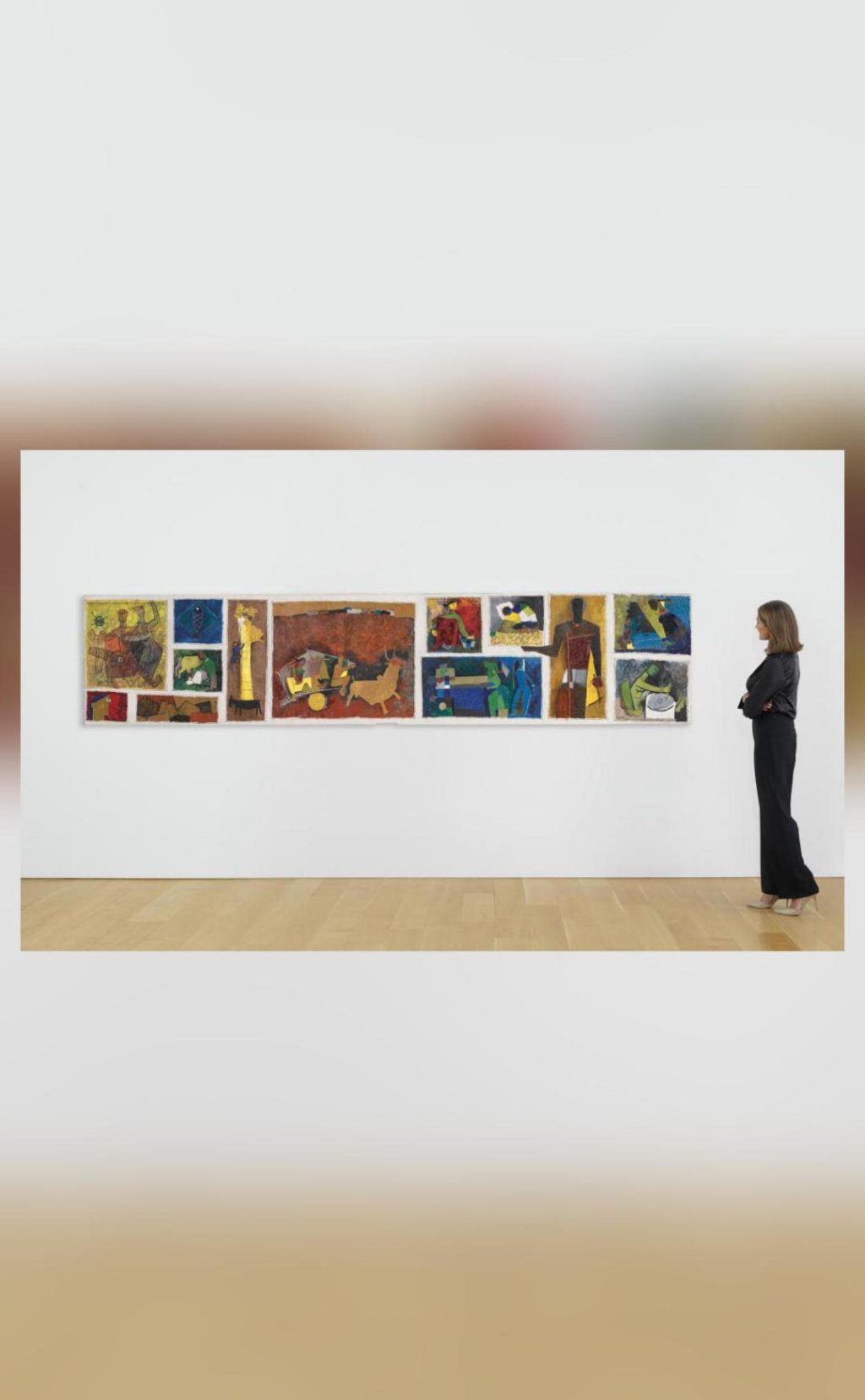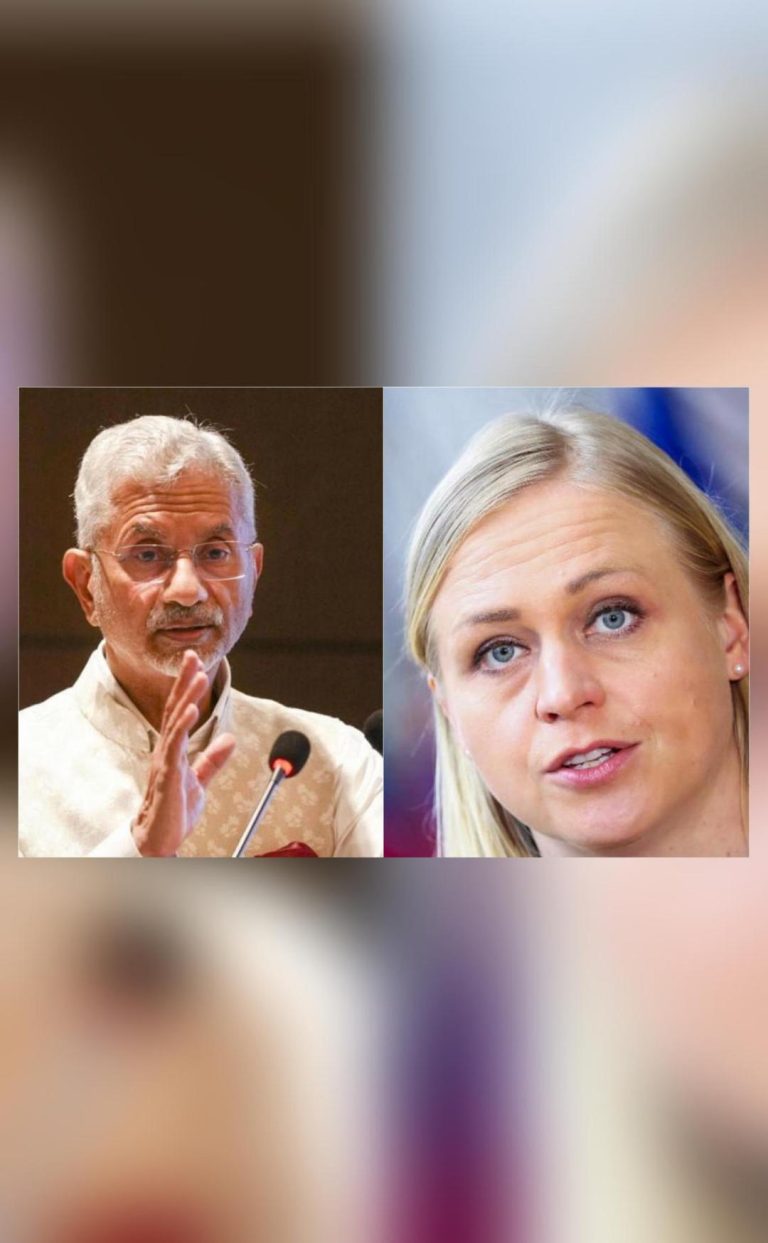
How did India’s most expensive artwork, by MF Husain, reach a Norway hospital?
Art lovers and connoisseurs around the world were left stunned when Christie’s auction house sold MF Husain’s “Untitled (Gram Yatra)” for a whopping ₹118 crore, making it India’s most expensive artwork. But what’s even more fascinating is the journey this masterpiece took from the artist’s hands to its final resting place – a private corridor in an Oslo hospital.
The story begins in 1954, when Norway-based surgeon LE Volodarsky purchased the painting from Husain himself. Volodarsky, a renowned doctor, had a deep appreciation for art and had been following Husain’s work closely. He must have been thrilled to have the opportunity to own one of the artist’s earliest masterpieces.
Over the years, Volodarsky cherished his painting, displaying it proudly in his Oslo home. However, as his health began to decline, he decided to donate the artwork to Oslo University Hospital in 1964. The hospital, which is one of the largest in Norway, accepted the painting with gratitude, recognizing its cultural significance and value.
So, why did Volodarsky decide to donate the painting to a hospital? According to the hospital’s director, the surgeon wanted to make a lasting contribution to the institution he had worked with for many years. He believed that the painting would bring joy and inspiration to the hospital’s staff and patients, and provide a sense of calm and comfort to those who might be undergoing treatment.
And so, “Untitled (Gram Yatra)” found its new home in a private corridor of the hospital. For decades, the painting remained a cherished fixture in the hospital, admired by staff, patients, and visitors alike. Its beauty and significance were not limited to its monetary value, but also its ability to bring people together and provide a sense of solace.
Fast forward to 2022, when Christie’s auction house decided to put the painting up for sale. The auction house had previously worked with Volodarsky’s family to authenticate the painting and establish its provenance. The sale was a major coup for Christie’s, with the final bid of ₹118 crore exceeding expectations.
So, what can we learn from the journey of “Untitled (Gram Yatra”? First and foremost, it highlights the enduring power of art to bring people together and transcend borders. From Husain’s brushstrokes in India to Volodarsky’s appreciation in Norway, the painting has traveled thousands of miles, touching the hearts and minds of countless individuals along the way.
Secondly, the story underscores the importance of philanthropy and the impact that art can have on our daily lives. Volodarsky’s decision to donate the painting to the hospital was a selfless act that has brought joy and inspiration to countless people over the years. His legacy lives on through the painting, which will continue to inspire future generations.
Finally, the sale of “Untitled (Gram Yatra” serves as a reminder of the value we place on art and our responsibility to preserve and protect it for future generations. As the global art market continues to evolve, it is essential that we prioritize the preservation of our cultural heritage and ensure that masterpieces like Husain’s painting are protected and appreciated for their artistic and cultural significance.
In conclusion, the journey of “Untitled (Gram Yatra” is a testament to the power of art to transcend borders and bring people together. From its origins in India to its final resting place in a Norway hospital, the painting has traveled a remarkable journey, touching the hearts and minds of countless individuals along the way.
Source: https://indianexpress.com/article/explained/explained-culture/m-f-husain-painting-9903618/lite/






